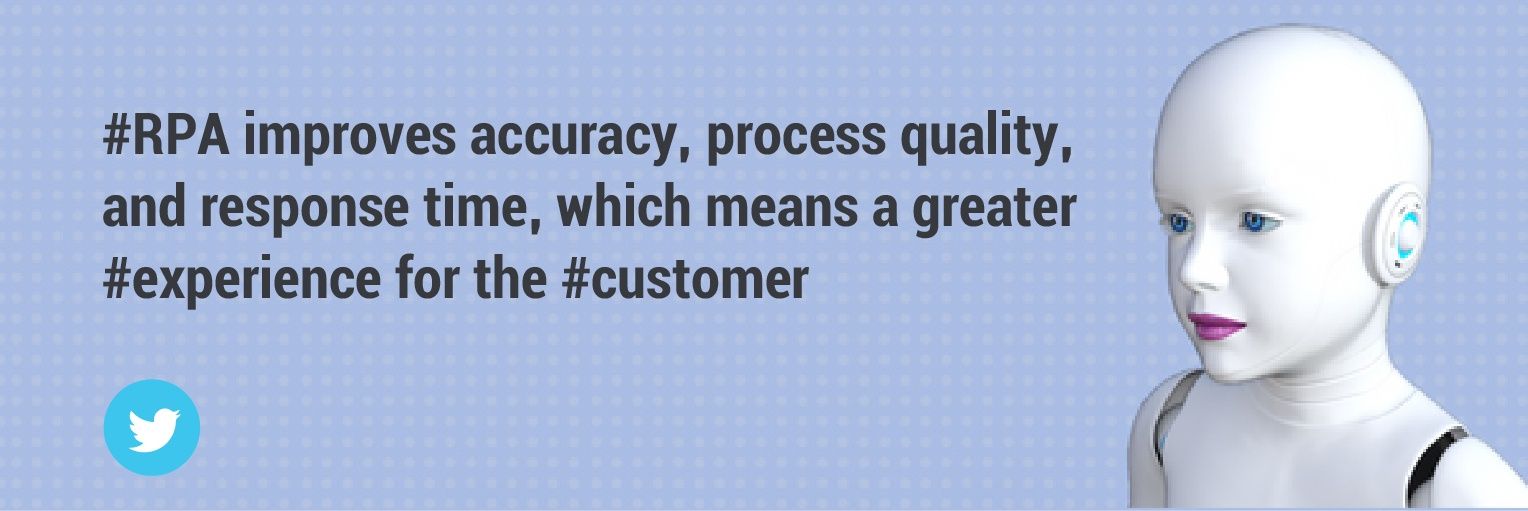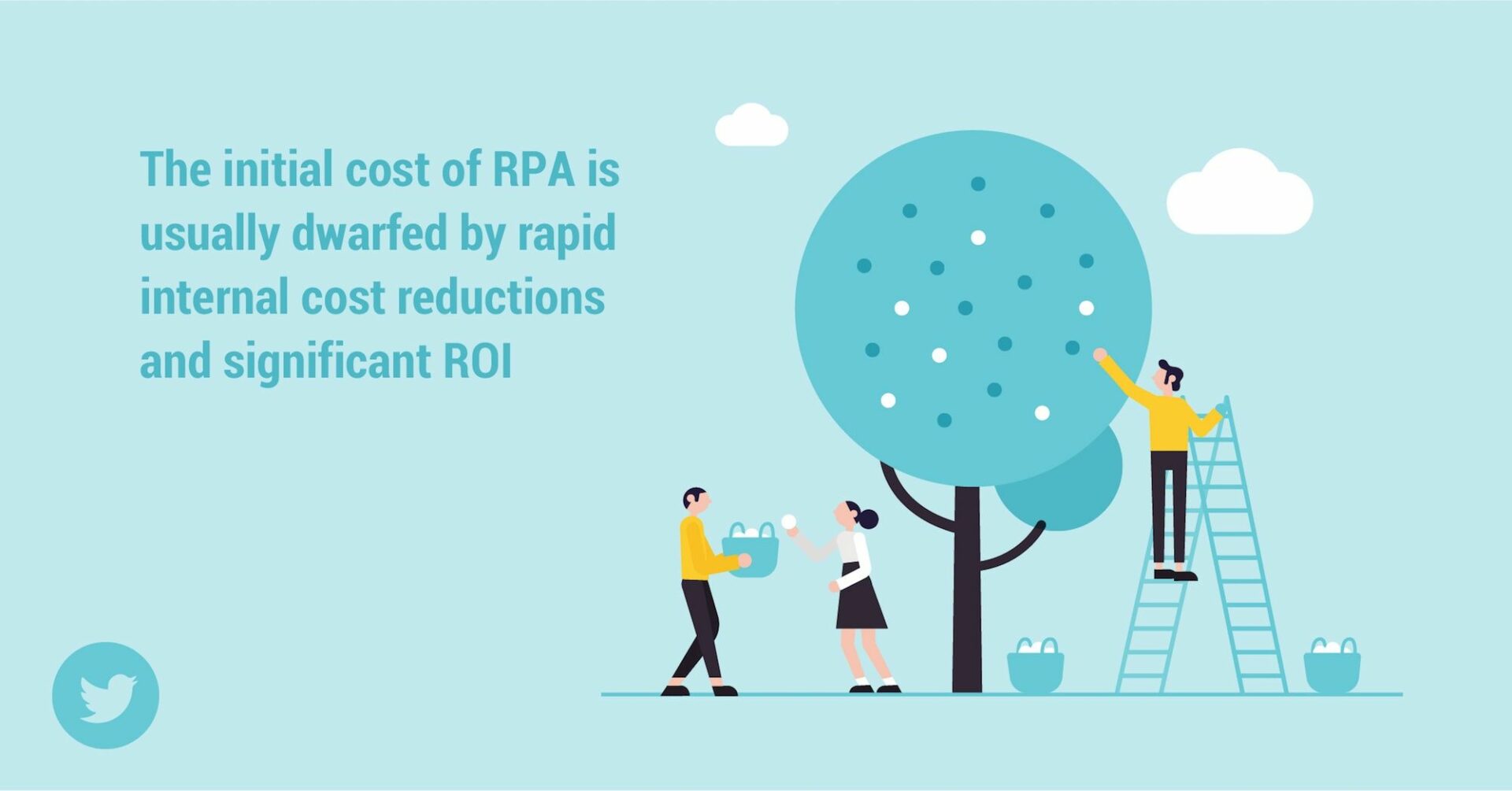
Socrates was an ardent critic of the written word and his most famous pupil Plato once wrote that “If men learn this, it will implant forgetfulness in their souls; they will cease to exercise memory because they rely on that which is written.”
Daryl Zanuck, CEO of 20th Century Fox in 1946 once predicted that “Television won’t be able to hold on to any market it captures after the first six months. People will soon get tired of staring at a plywood box every night.”
And Thomas J. Watson, CEO and Chairman of IBM in 1943 once infamously said: “There is a world market for about five computers.” We know how that turned out.
What do the above examples show us? That very often some of the most important, transformative, and disruptive innovations can have an uphill battle from their inception; usually associated with false assumptions, and sometimes from unlikely places. And while the above examples are from a time past, our present day is not immune to misconceptions, misinformation, and false beliefs. Case in point – Robotic Process Automation or RPA.
Simply put, robotic process automation is the practice of taking routine, repetitive, and rule-based tasks and automating them with software “bots” to perform just as a human would. This can include automating processes in financial operations, human resources, IT, procurement, and data and analytics to name a few. While robots have long been used on the factory floor, they have evolved, and now software bots have infiltrated offices across the globe through robotic process automation tools. However, much like the written word, the television, and the computer, there are still many who are yet to embrace this technology due to false claims and myths that abound on the subject.
Today, I am going to dispel those myths once and for all.
Robotic Process Automation Is Just Physical
Upon hearing anything with the word “robotic” in it, most of us will turn to metal machinery, perhaps a long mechanical arm or a powerful torch fusing together two pieces of metal. This isn’t surprising, especially when those specific uses have been implemented in the automotive industry for decades. However, that is a very limited view of robotic process automation, for the key word to note is “process,” and as you should all know, business is filled with repetitive tasks and processes that can’t be done through a solely physical output.

While the applications are many, one such area that organizations are seeing real value by implementing RPA is in the hiring process. For example, UXPLORE has automated everything from the Offer, Onboarding, and Integration process for their clients. Normally, it would take 2.5 hours for an HR associate to onboard a new hire; from hiring decision to a welcome email. However, by automating the process, that time has been incredibly reduced to just 8 minutes.
Robots Will Replace Humans
One of the most popular misconceptions about RPA is that we humans, or at least, a good number of us, would eventually be out of a job. Well, that is only partially right.
As with every emerging technology, this is both true and untrue. There’s no denying that something like the automobile put wheelwrights and blacksmiths out of business. However, it also created a new industry for auto repair and manufacture. Also, the creation of the internet created a whole new suite of jobs and skill sets for the jobs it may have made redundant, such as video rental store clerk. RPA is a new change that will affect some occupations while at the same time creating new opportunities, the same as every other emerging technology before has done.
Robotic Process Automation Only Reduces Cost
Unquestionably, one of the greatest appeals of RPA is the potential for vast cost savings. After all, bots don’t get paid, don’t get sick, and can work 24/7. However, yet again we see this misconception being caused by a narrow scope of RPA.
Time, accuracy, and in some cases physical safety can all be substantially improved upon with RPA. And this value not only supports business operations, but the effect can be felt right down to the customer experience. RPA improves accuracy, process quality, and response time, which means a greater experience for the customer. Not only that but by capturing data for analysis, they are able to provide a more tailored experience for the user. By handling simple, frequent questions, it can leave the humans free to deal with more complex, challenging customer support issues that require comprehensive, sophisticated, and empathetic responses. It also doesn’t hurt that bots can be scaled up or down, making it ideal for seasonal operations or periods of high-traffic.
Robotic Process Automation Is Just a Trend
Technology, like fashion and music, can be full of trends that are wildly popular one moment and fall to the wayward, however, that in and of itself is one of the hallmark characteristics of a trend – they are short-lived. RPA, on the other hand, has been used for decades as a physical technology, and in recent years, as a software solution. Needless to say, it is only picking up steam.
Let’s take a look at the once-popular customer service model of offshoring. This was done to save cost as labour was typically much cheaper overseas. However, that fact doesn’t hold true anymore, and as the cost of labour rises, companies have been scrambling to find a better way. And the better way for an ever-growing number of companies is RPA, and the benefits and savings are as real as the satisfied customers. According to the National Association of Software and Services Companies (NASSCOM), RPA can yield companies a “cost reduction of 35-65% for onshore process operations and 10-30% in offshore delivery…[and] an investment recovery period as short as 3 months…” So tell me, if something is more efficient and saves you money, why would you stop doing it?
RPA Is Expensive and Not Worth the Cost of Investment
RPA is a business initiative and one that should ultimately be sought out to not only cut cost but improve efficiency. However, like any initiative, RPA is not immune to initial upfront investment for implementation.
From the build phase which includes the provisioning of IT infrastructures such as physical/virtual machines and databases to consultancy costs and partnerships, an RPA initiative undoubtedly comes with a price tag; however, that is taking a very narrow perspective. That is because typically, the initial cost is usually dwarfed by the rapid internal cost reductions and significant ROI. When you think about it, implementing RPA is essentially tripling your capacity, as bots don’t begin at 9 and end at 5. Due to this fact alone, I have seen organizations yield a 50-100% and higher ROI within the first few months of implementation.
Robotic Process Automation Won’t Work in My Industry
While the idea of using RPA to lighten workloads, improve efficiency, and reduce cost should be appealing to anyone in business, many are still uninformed of the real potential this once burgeoning technology has now that it has made its way into the mainstream.
Let’s take insurance, for example, an industry that is continually trying to balance and mitigate risks and reduce costs in order to turn a profit. However, with today’s customers demanding faster, more personalized service, the old system of doing things wasn’t cutting it. The same can be said for the banking industry.
Healthcare is another, with RPA quickly taking over patient scheduling, claims processing, billing, and data entry. Of course, let us not forget telecommunications, manufacturing, distribution, and utilities. In the last decade, RPA has made huge leaps in providing real value across industries, and as the technology grows and improves, its uses will only evolve and become more commonplace.
RPA Is Only for Large Organizations
There was a time when I would have said yes, RPA is only for large organizations, and that primarily had to do with the upfront costs such as purchasing a “boxed” solution or hiring the appropriate IT support. However, thanks to cloud technology RPA is now a viable option for businesses of all sizes.
Typically, if your organization, from HR to customer service, is faced with repetitive and rule-based tasks, there is likely a place for RPA. According to Energias Market Research, the global RPA market is expected to reach over USD 2.8 billion by 2023, which translates to a compound annual growth rate of 33.3%. While certainly an impressive figure, I believe that it will only be realized by the steady adoption of RPA by small and medium-sized businesses driven by inexpensive implementation costs and high ROI. Keep in mind though, that in order to adopt RPA effectively, you need to assess its viability and ensure you have the right tools and alignment in place.
Office Work Can Be Completely Done With RPA
Across the globe, organizations of all sizes are utilizing RPA to increase accuracy, save time, and reduce cost; and while RPA is literally built to do just that, it does have its limitations. RPA is ideal when dealing with repetitive and rule-based tasks; however, when you start to use it for more complicated and non-standardized processes, it becomes a much more challenging process.
Even processes that pass the feasibility of RPA may not be an ideal candidate to automate; specifically, if the process itself is not efficient. When you automate an inefficient process, all you will be successful in is speeding up your inefficiency. The best approach is to redesign your process prior to automating or change it accordingly during the design phase of delivery.
A Truth Worth Remembering
Robotic Process Automation has come a long way from its inception and use on factory floors. Today, it is being utilized for more “white collar” tasks, and as the technology further develops, we are seeing it transcend industry and provide real value to not only business but to the customer. However, before you can utilize RPA in your strategy, you first need to understand what this technology can and can’t do, and in order to do that, you need to stop believing the myths and realize what RPA really is – the future.







